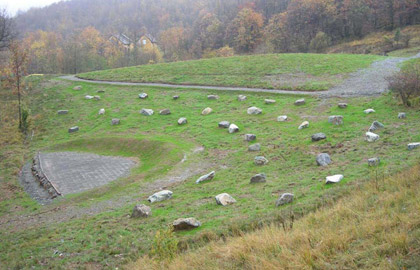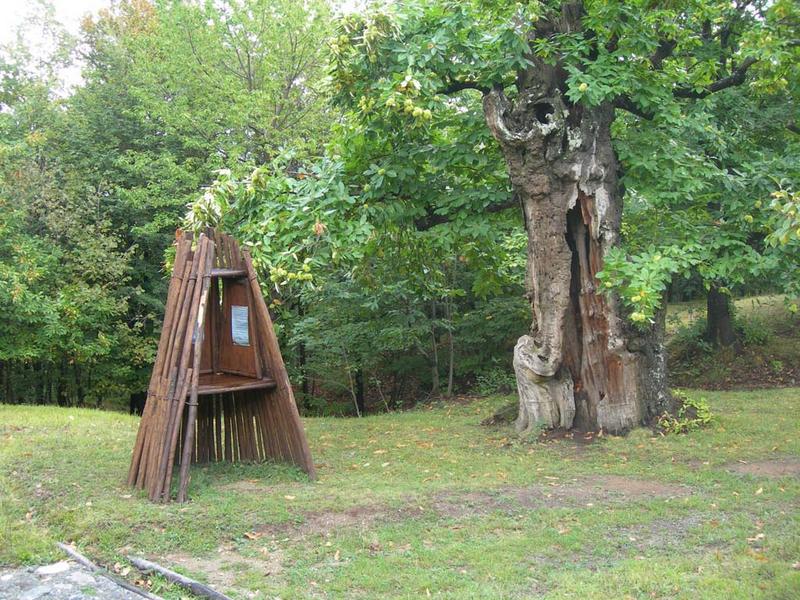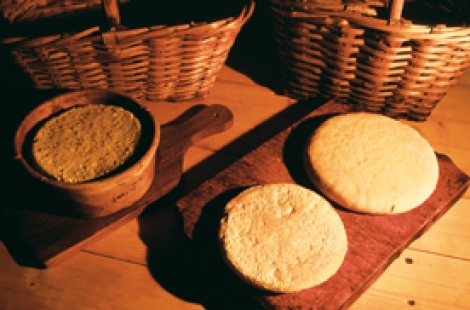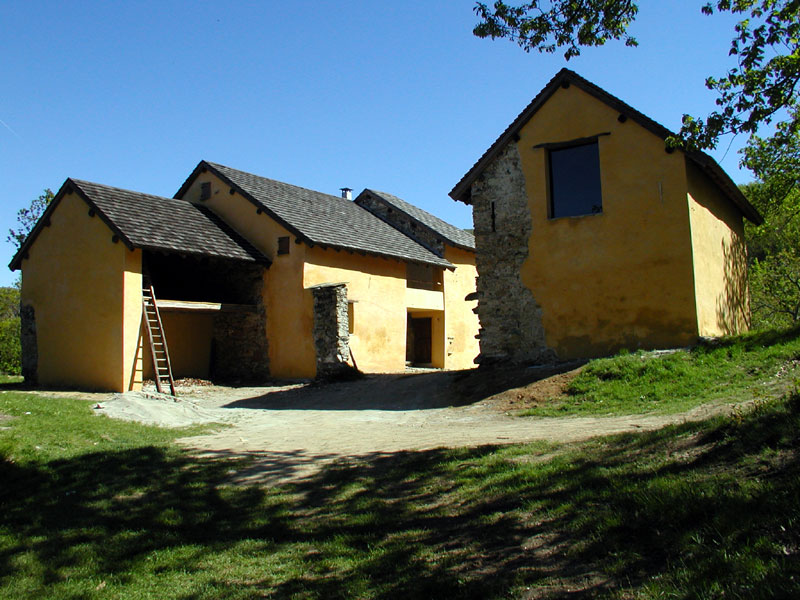
Cascina Mogliani Ecomuseum
This post is also available in:
 Italiano (Italian)
Italiano (Italian)
This Ecomuseum is located inside the Capanne di Marcarolo Natural Park, straddling the Ligurian-Piedmontese Apennines, in that historical area that was the heart of the Oltregiogo, a plateau in the province of Alessandria nestled between the coastal side and the plain.
Marcarolo has always been crisscrossed by the historical routes that connected the coast with the Po River hinterland, ensuring the transit of precious goods such as seasalt and including the Roman via Postumia (from Genoa to Aquileia) and the “Bocchetta” road (used by Genoa traders to reach Gavi and thus avoid the tolls to the Lords of the Scrivia Valley).
The local economy used to be mainly supported by the cultivation of chestnut ( Castanea sativa ): those trees were used for the shipyards, as well as fuel, building material, and litter for the animals; not to mention tanning and domestic production of ink.
Over time, cultivation of corn and potatoes appeared along with beekeeping and, from the end of the XVIII century, silk weaving, and proto-industrial activities; the latter lasted until the XIX century, as evidenced by the glassworks in Alta Val Lemme dating back to the Middle Ages. Then came the production of paper, the processing of iron, the production of ice, especially on the mountain spurs, near the high passes, as well as the mining activities and the production of lime.
In the first years of the XX century, depopulation, unfortunately, began, getting worse in the following decades, and in particular during the Second World War and in the 1960s. Only 20 people live here today.
The Park is rich in historical structures such as castles, villages, monasteries, oratories, churches and chapels, as well as several important elements of rural architecture such as farmhouses, mills, snow ponds, and ice huts.
The Ecomuseum of Cascina Mogliani contains a craft workshop, a conference-educational room, and some temporary exhibitions; it offers visits to the educational garden which collects the main crops typical of the Marcarolo Mountain. On display, there’s also the “Fontana delle Donne” (“Women’s Fountain”), an ancient wash basin built near a natural spring. In the museum arboretum, on the other hand, there are typical varieties of recovered and grafted chestnut, apple, pear and plum trees. Last but not least, the ecomuseum features the historic chestnut grove and the so-called “boat” structure with a thatched roof – a traditional hay shelter.
The vegetation of the Capanne di Marcarolo Natural Park
The wooded environment, which is present on the lower elevations of the Park, is mainly made of oaks (Quercus petraea), chestnuts (Castanea sativa), and, introduced by the man between the end of the XIX and the end of the XX century, black pines (Pinus nigra) and maritime pines (Pinus pinaster).
There are frequent bare slopes, the result of centuries of intense human exploitation and disastrous arson, which ravaged the Marcarolo plateau between the 80s and 90s of the last century.
At higher altitudes on the northern slopes, the forest is particularly thick with beeches (Fagus sulvatica), rowans (Sorbus aucuparia), and common laburnum (Laburnum anagyroides). The large mountain meadows, once mown and pastured, are now undergoing a rapid transformation, especially near the numerous streams.
This post is also available in:
 Italiano (Italian)
Italiano (Italian)
Contatti
Capanne di Marcarolo - Bosio(AL)
0143 877825
info@parcocapanne.it
http://www.parcocapanne.it/index.php?option=com_content&view=category&layout=blog&id=117&Itemid=133



